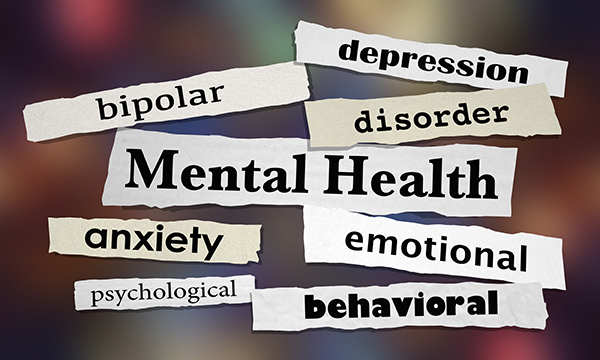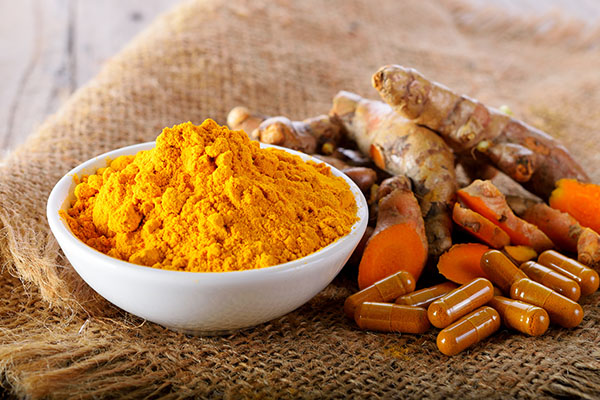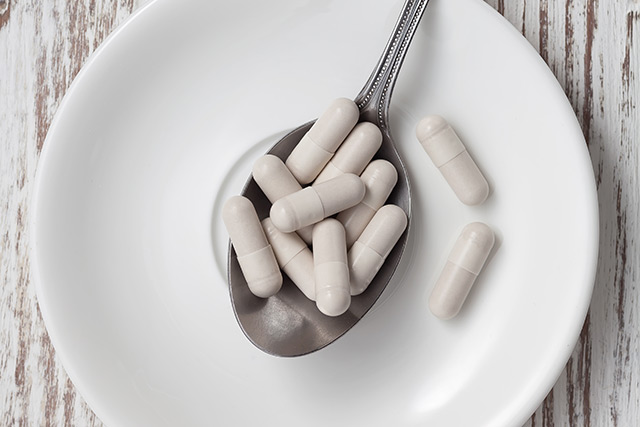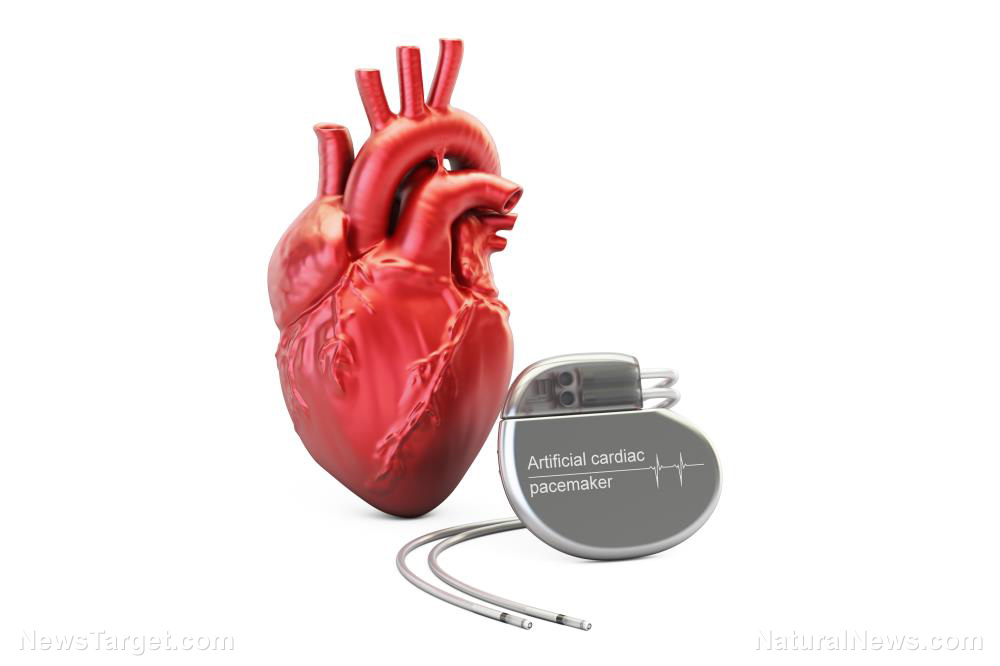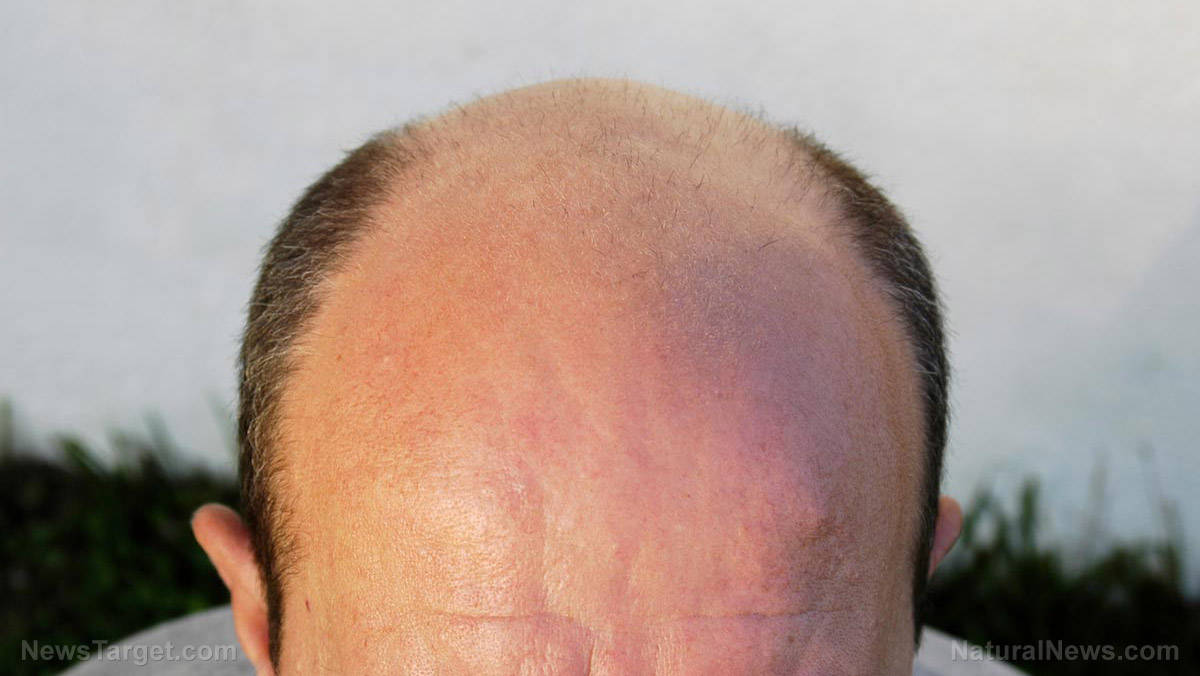Why midlife is the time to train smarter, not harder
09/22/2025 / By Willow Tohi

- Orthopedic surgeons advocate focusing on strength and injury prevention as estrogen levels decline.
- Lifting heavier weights in small sets to counter muscle loss and improve recovery.
- Emphasizing core workouts to prevent injuries and enhance overall strength.
- Shifting from high-intensity interval training (HIIT) to low-intensity steady-state (LISS) workouts.
- Prioritizing protein intake and balanced meals to fuel muscle growth and recovery.
As women enter their 40s, 50s and beyond, the traditional fitness narrative often shifts toward caution, with phrases like “Be careful with high-intensity training after 40” and “Just stick to walking and light weights.” However, orthopedic surgeons Miho Tanaka, M.D., and Vonda Wright, M.D., join forces to debunk this misconception, urging women to focus on strength and vitality rather than shrinking themselves. Their advice? Train smarter, not harder, and adapt your routine to support the biology of midlife.
The real reason injuries happen in midlife
Estrogen levels decline in midlife, affecting muscle-building and recovery capabilities. This shift impacts how well your body builds muscle and handles stress. Despite this, experts note that women can still build muscle with intention. To do so, Dr. Wright recommends prioritizing progressive overload—lifting heavier weights in smaller sets for 4–6 repetitions to challenge muscles while maintaining proper form. Incorporating compound movements like squats and accessory exercises twice a week is crucial, along with sufficient recovery time.
Train your core like your injury prevention plan
Ignoring core strength can lead to imbalances that result in injuries throughout the body. Dr. Wright emphasizes the importance of core stability, particularly for injury prevention. She advises incorporating planks, dead bugs and bird dogs into your routine, focusing on control and posture rather than speed or showy reps. A strong core ensures efficient movement and reduces the risk of joint-related issues. This is essential for women over 40 as their bodies undergo physiological changes, making injury prevention more critical than ever.
Rethink your approach to cardio
High-intensity interval training (HIIT) can be too taxing for women in midlife, leading to exhaustion and increased injury risk. Dr. Wright suggests adopting a pro-athlete approach: 80 percent low-intensity steady-state (LISS) cardio to build endurance and metabolic flexibility and 20 percent high-intensity intervals to improve VO2 max and fat burn. This balanced approach not only enhances heart health but also reduces stress on the joints. A weekly sprint protocol including warm-ups, short sprints and walking or slow jogging for recovery periods is recommended.
Eat to support strength, not restrict it
Underfueling can lead to injury and hinder muscle growth, according to Dr. Wright. Women in midlife need adequate nutrition to support muscle repair, bone density and overall health. She advocates for dividing protein intake into three meals of at least 30g of high-quality protein and one to two additional protein “feedings.” Complex carbohydrates like sweet potatoes, beans, oats and avocado are crucial for energy and recovery. Proper nutrition lays the foundation for effective training and long-term health.
Be hormone-aware
As women enter midlife, hormone fluctuations can increase the risk of injury, particularly ACL tears. Understanding these hormonal shifts can help in adapting training methods. Dr. Tanaka recommends focusing on strengthening hamstrings to balance quads, hip and glute activation to stabilize knees, and training with proper landing mechanics. Addressing these factors reduces the risk of common injuries and supports joint health.
Strength, not shrinking
Midlife does not mean the end of fitness goals; it’s a period for strategic training. By focusing on strength, stability, balanced cardio and adequate nutrition, women can adapt their routines to support long-term health. Training smarter, not harder, ensures that the next 40 years are strong, capable and injury-free. Embrace the wisdom.
Sources for this article include:
Submit a correction >>
Tagged Under:
#nutrition, aging secrets, anti-aging, bone density, fitness, health science, longevity, midlife, muscle repair, natural health, Naturopathy, prevention, tips, training, women's health
This article may contain statements that reflect the opinion of the author


